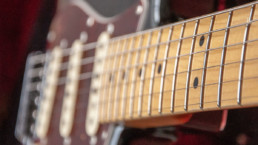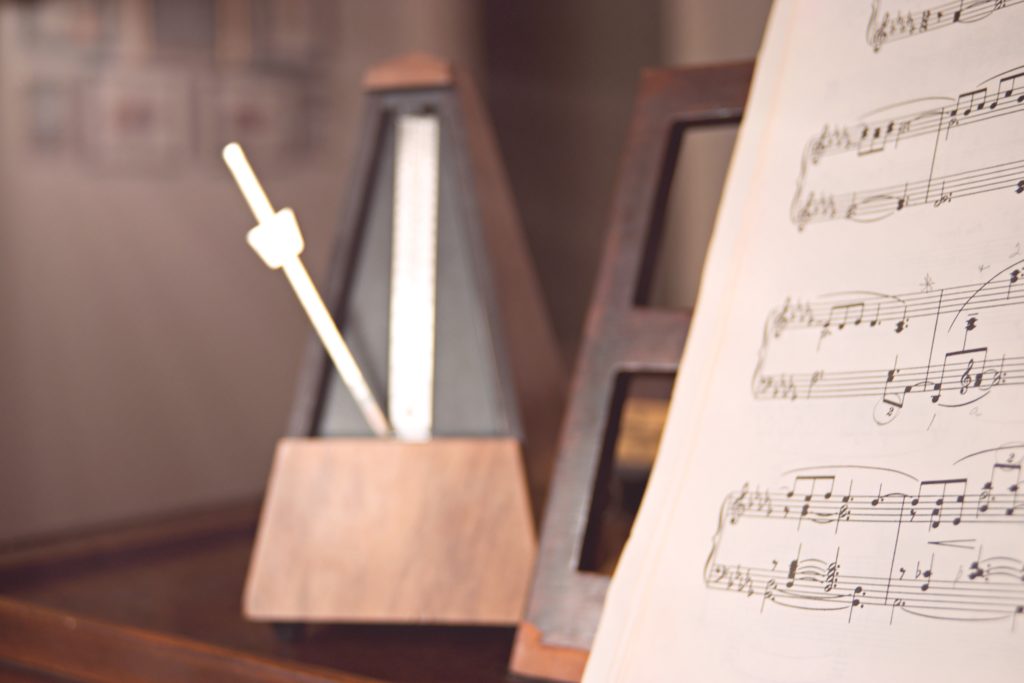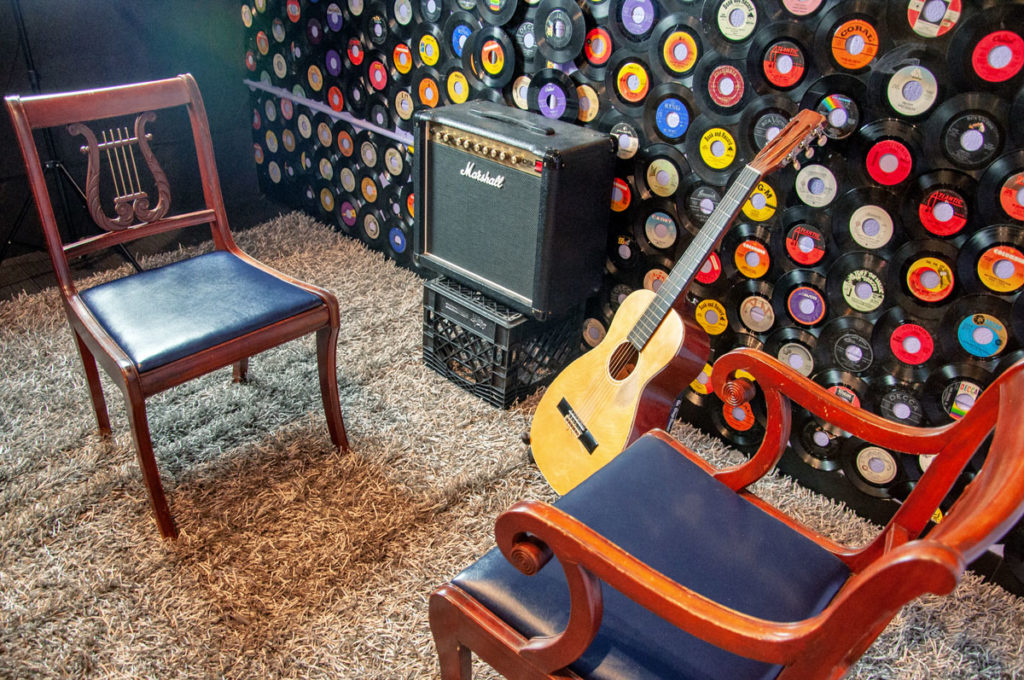Guitar Resolutions for the New Year
Make this the year your resolutions lead to some musical resolution.
In this age of the internet guitar multiverse, you could easily see more lesson content in a single day than you could absorb in a year. Having so resources at your fingertips is a fantastic asset. Had YouTube and JamPlay been available in 1980, I may never have left the house as a teenager! But it’s also easy to be overwhelmed by the sheer amount of data.
These three suggestions will help make it easier to stay on task and make your practicing more powerful. Make them your musical resolutions for 2023.
1. Concentrate on the music that moves you.
When asked about their specific musical goals, most people will say they “just want to get better”. But unless you have the time and motivation for a broad and comprehensive practice routine, that kind of open-ended thinking can also take you down a rabbit hole.
Everyone has particular styles and sounds that appeal to them most. So it makes sense to focus on music you love. Ultimately, you can learn the fundamentals from any genre: the differences are a matter of vocabulary and flavor.
A working professional musician may have a wide enough vocabulary to play in multiple styles, but many if not most of the artists that inspired us all growing up played primarily one. That’s not to say you shouldn’t learn from different styles of music, but recognize that the greats all knew their territory inside and out. The more thoroughly you know a particular song or style, the more satisfaction and confidence you’ll get from playing it. Real fluidity comes with familiarity.
Find the roots of the sounds you love and study those. Feeding the love can be your strongest motivation.
2. Supplement that practice with detail work.
“Detail work” includes anything from finger patterns and scales to isolated passages from a song. Often, this means going slowly enough to be consistently accurate. If you consistently miss a note, there’s a mechanical reason why. Slowing down eliminates a lot of extraneous effort and lets you concentrate on accuracy. This lets you sidestep any bad habits while reinforcing how well you know the music.
If that means playing so slowly that you don’t hear the song any more, that’s ok. Concentrate on precision first, then build up the tempo in increments. You will likely find that playing slowly can actually be harder, because there’s so much space between beats. But it’s great ear training for hearing (and feeling) subdivisions of the steady pulse.
Use a metronome or drum loop to make sure you keep steady time.
Then play the same passage without it and see how well you can stay in tempo. You can also practice the same tempo with different metronome settings. For example, one note per tick at 120 bpm is the same tempo as two notes per tick at 60, but it won’t feel the same to play. This helps fine-tune your sense of time along with your accuracy.
3. “Move the needle”.
When you sit down to play, do you have a goal for that day’s practice? Of course one goal is to get from the first note to the last without a mistake. Developing that kind of smoothness takes time, lots of detail work, and conscious repetition.
Given what a large task that really is, your expectation for every practice session should be to “move the needle”: to advance something forward in some way. That might mean finishing the session being more familiar with even one detail than you were when you started. Be clear on what you’ve accomplished, even if you lose it the next day. It’ll be back and come together faster each time, until one day it’s just there. The brain needs time to absorb and “consolidate” the movements you teach the body when you practice, so blind repetition doesn’t move you forward. But conscious repetition moving towards a limited, attainable goal reinforces and strengthens.
Your progress becomes clearer as you meet one attainable goal after another. These goals might be tiny, but accumulate over time.
If we condense these three ideas down the their simplest form, it might read like this:
- Feed the love
- Pay attention to the details
- Take the long view.
Sounds like the formula for any successful relationship.
Interested in more guitar lessons and courses? Check out JamPlay.com. JamPlay has over 450 guitar courses from 120+ instructors, and online guitar lessons tailored to every skill level, music genre, and playing style. Click here to learn more.
Dave Isaacs has established himself as a guitar teacher extraordinaire, having built a strong set of educational curriculums for beginner, intermediate, and advanced guitar players alike. Dave shares his expertise largely through video platforms, but also through his thoughtful writing. You can take guitar lessons from Dave Isaacs via his comprehensive video guitar courses on JamPlay.com.
Share this
Become a JamPlay member for unlimited access to 7000+ guitar lessons and 120+ artists and instructors. View membership plans ›







